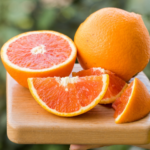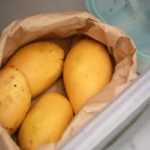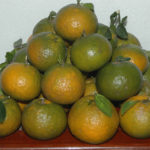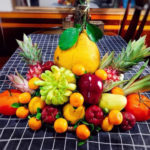Improper storage can decrease fruit quality and flavor, leading to quick spoilage, waste, and even safety hazards when consumed.
Common Mistakes in Fruit Storage
By avoiding these common mistakes in fruit storage, you can prolong their shelf life and maintain their delicious flavor and nutritional value.
Storing All Fruits Together in the Fridge
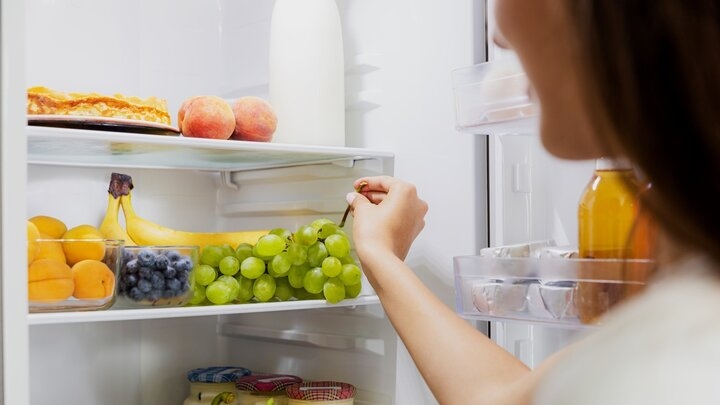
Storing all fruits together in the fridge is a common mistake that many people make. (Image: The Daily Meal)
It is a common practice to toss all fruits together into the refrigerator. However, this is a mistake as not all fruits are suited for cold storage. For instance, bananas will turn black and lose their sweetness when chilled.
On the other hand, fruits like grapes, strawberries, blueberries, and raspberries fare better in the fridge. They are prone to spoilage and quickly lose their freshness if left at room temperature.
Keeping Fruits in Plastic Bags
Another common mistake is that people often keep fruits in the plastic bags they came in after purchasing them. These bags do not allow air circulation, causing the fruits to sweat and creating a moist environment that promotes spoilage, mold, and rot.
Instead, opt for paper bags or perforated bags to store fruits, allowing air circulation and helping them stay fresh for longer.
Not Washing Fruits Before Storage
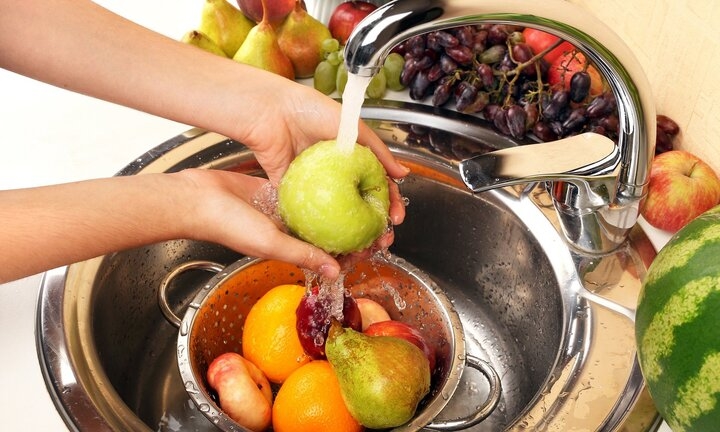
One of the mistakes in fruit storage is not washing them before storing. (Image: Daily Mail)
It is essential to wash fruits after purchasing, even if you plan to consume them immediately or store them in the fridge. Ensure they are thoroughly dried before placing them in the refrigerator.
For fruits with peels, avoid cutting or peeling them before washing, as bacteria on the surface can infiltrate the flesh.
Storing in the Wrong Compartment
Each fruit has unique temperature and humidity requirements. Placing fruits in the wrong compartment of the refrigerator can impact their quality.
Arrange fruits according to their type in the fridge or storage container. For instance, highly perishable fruits like strawberries and grapes should be kept in the chiller compartment, while longer-lasting fruits like apples can be stored in the crisper drawer.
Fruits like bananas, peaches, and whole watermelons do not require cold storage and should be kept in a cool, dry place, away from direct sunlight. This helps maintain their flavor and quality.
Leaving Cut Fruits Unstored
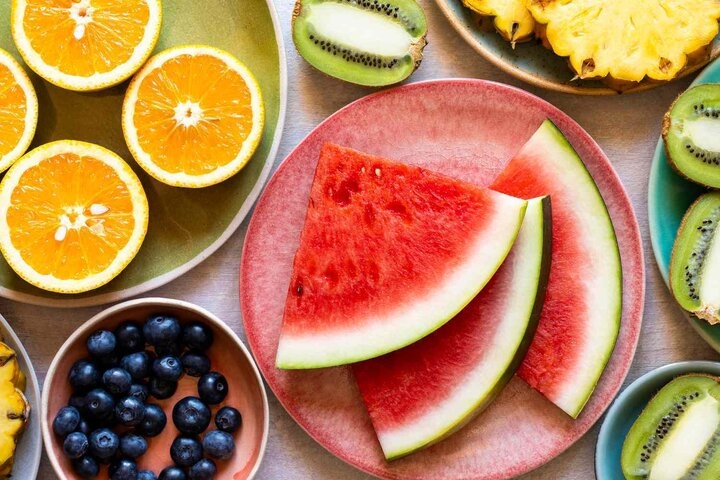
Cut fruits will quickly spoil if not stored properly. (Image: Health)
Cut fruits are highly perishable and susceptible to bacterial and mold growth if left unstored. Place them in airtight containers and store them in the fridge. This limits their exposure to air and prevents drying, thus maintaining their quality.
Ignoring Expiry Dates
Many people tend to overlook checking the expiry dates of fruits. This can lead to consuming spoiled fruits without realizing it.
Pay attention to the expiry dates and regularly check the fruits. If they show signs of spoilage, such as soft spots, mold, or an unusual smell, discard them promptly to avoid contaminating other fruits.
According to VTC News
The Ultimate Guide to the Two Fruity Friends: A Sweet and Crisp Delight!
Introducing the ultimate guide to selecting the most alluring of fruits, free from the harmful embrace of pesticides. Uncover the secrets to safeguarding your family’s health with every bite of nature’s candy. Learn how to navigate through a maze of vibrant produce, ensuring that only the safest and most delectable treats find their way into your home. Prepare to embark on a journey where taste and wellness harmoniously coexist.
























